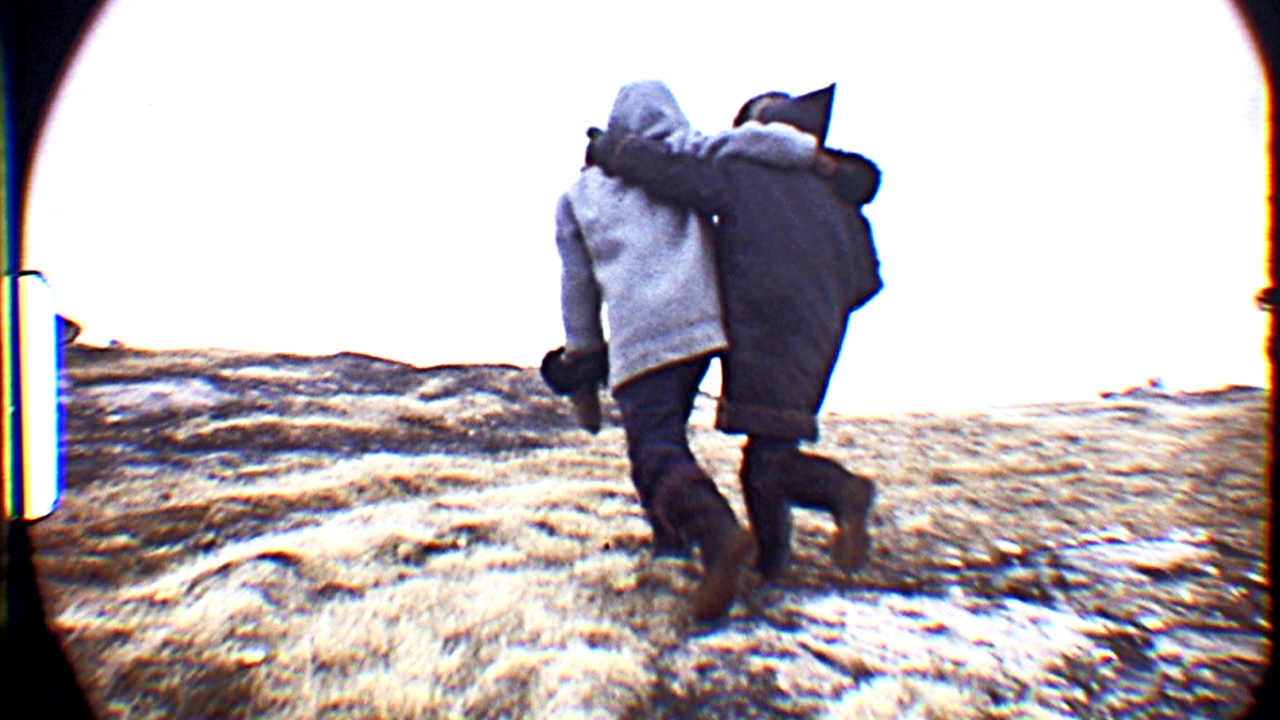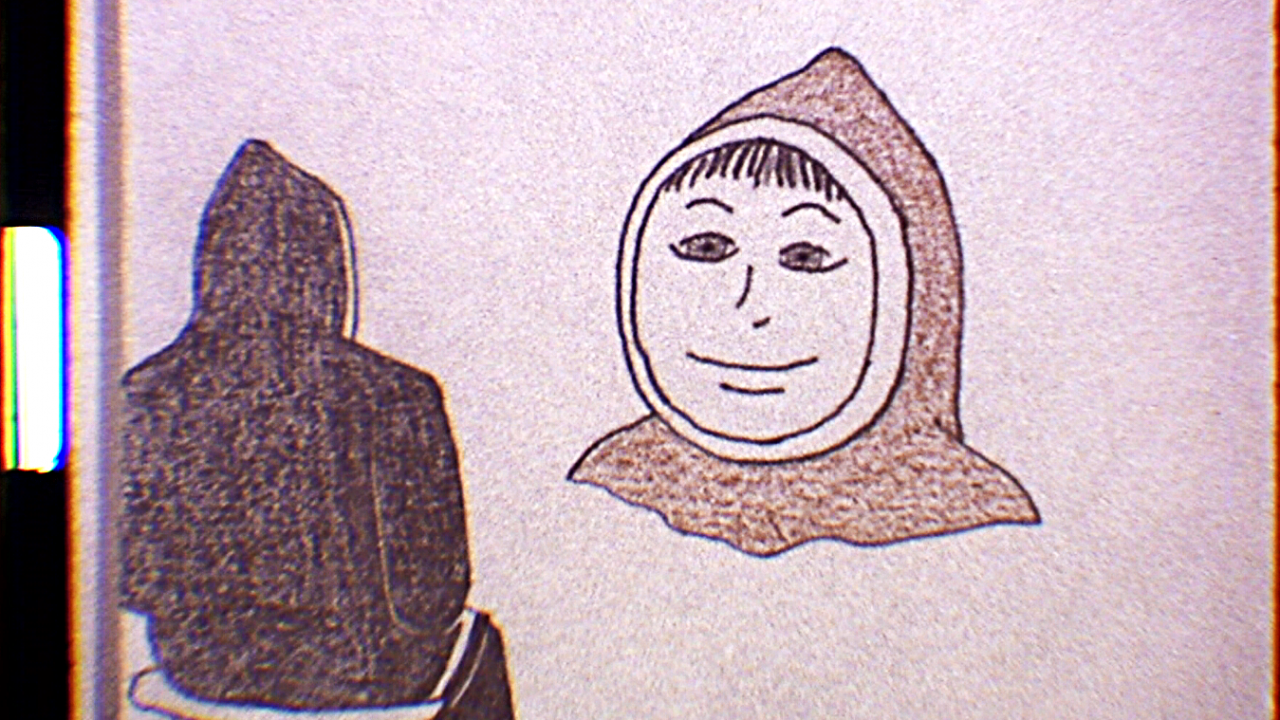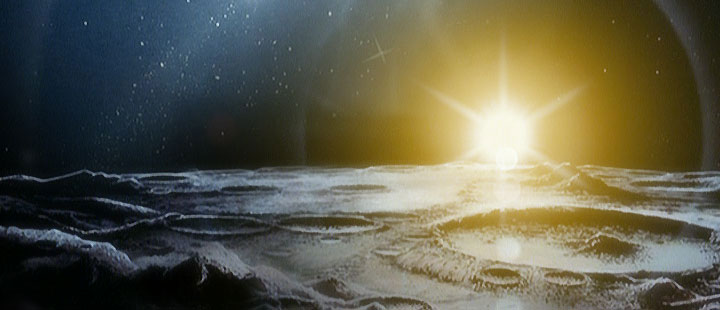
Satellites of the Sun: The Wonders of Earth and Space
Satellites of the Sun: The Wonders of Earth and Space
Quick, what are 1685 Toro and 3753 Cruithne?
If you guessed asteroids that were both incorrectly identified as Earth’s second moon, go to the front of the class.
I first found out about Toro when I viewed Satellites of the Sun, a film we produced in 1974. I could not believe that the Earth actually had a second moon and I spent a great deal of time trying to find it in astronomy books and on the Internet. It turns out that Toro was discovered in 1948 and incorrectly designated Earth’s second moon. The same error was made in 1986 with the discovery of Cruithne. Both are very small (Toro’s diameter is a mere 3 kilometres) and are now considered quasi-satellites.
Proposed by director Sidney Goldsmith in late 1971, Satellites of the Sun was to be a film about the solar system and space travel that would update the classic Oscar-nominated Universe, which was by then already 11 years old. Goldsmith wrote in his proposal that there had been numerous requests, mostly from schools, for a new film on the solar system that reflected discoveries in the Apollo lunar landings and other space exploration missions. Goldsmith had worked on Universe as an animator and briefly considered re-working that film but decided it was too dated; it would be best to start from scratch and film in colour.
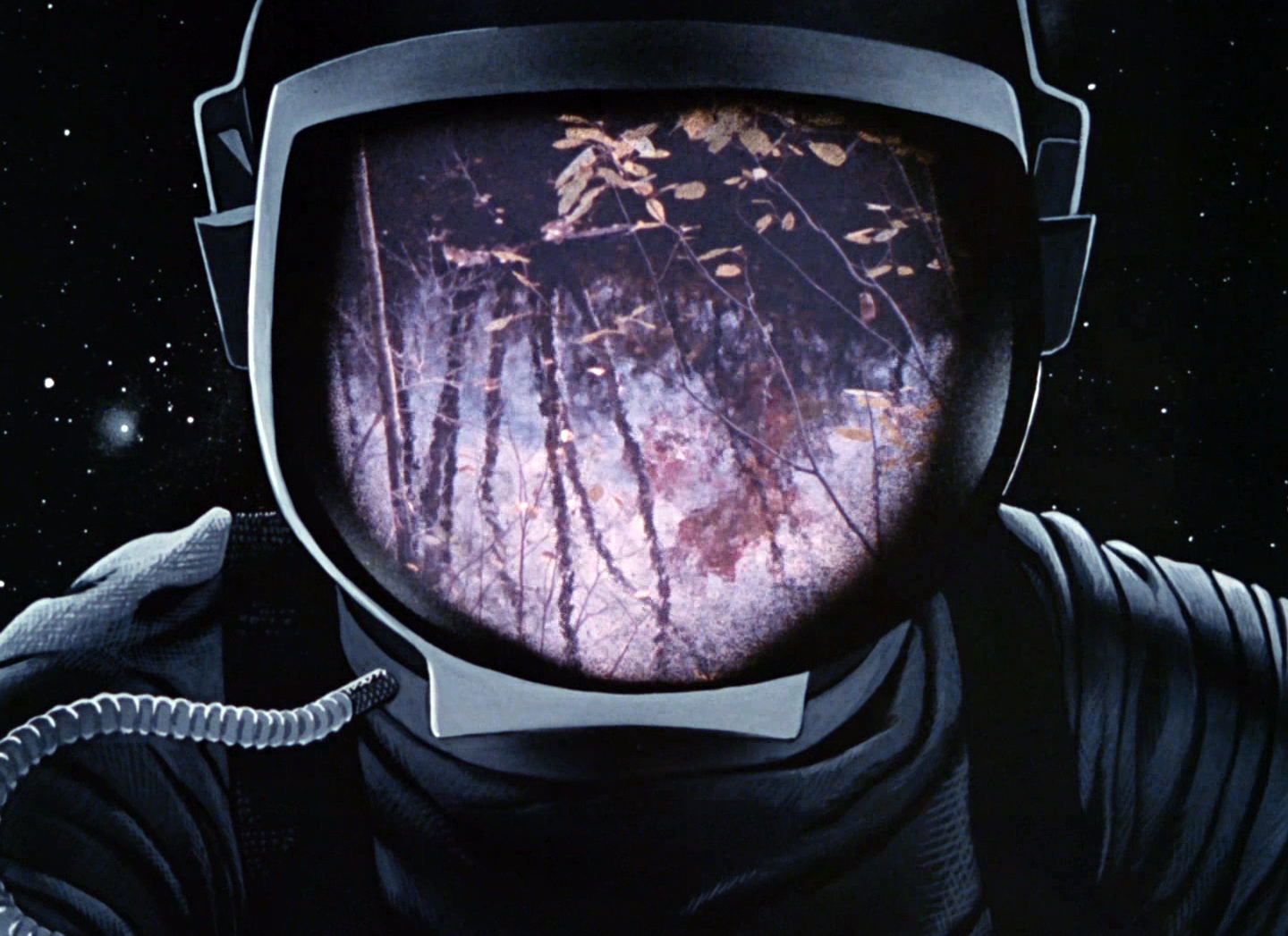
The NFB gave the go-ahead in November 1971 to produce a 1-reel (10-minute) film on 35mm, whose working title was Solar System, with the intent to release the film theatrically and then sell it to schools. Wolf Koenig, who had also worked on Universe, was named Executive Producer on the film. Goldsmith spent the next 2-and-a-half years working on the project but had to step away several times when his services were needed on other NFB films. Former CBC news anchor George Finstad was brought in to narrate and Eldon Rathburn contributed a music score based on themes by J.S. Bach. The film was completed in October 1974 and the working title was replaced with Satellites of the Sun.
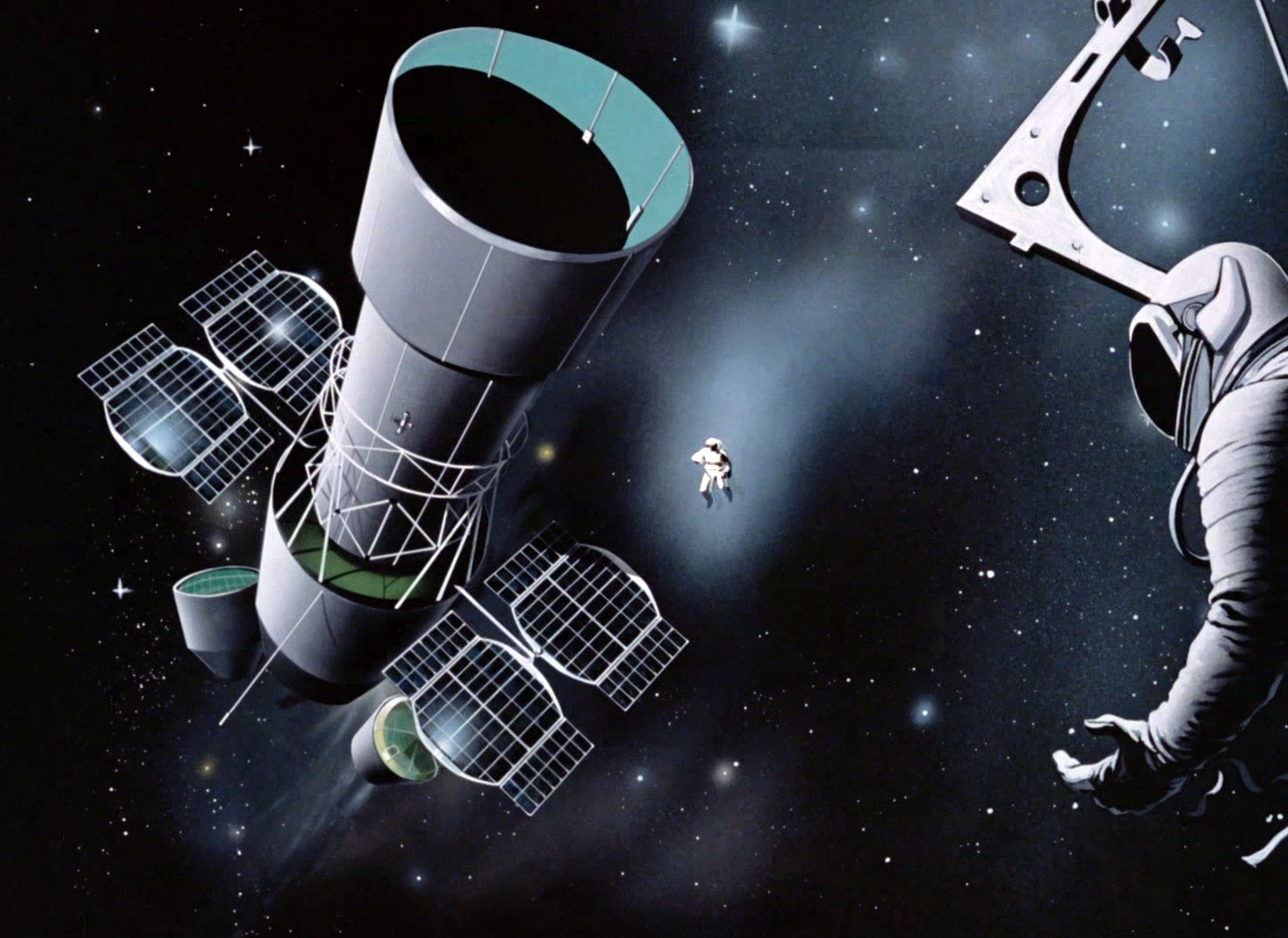
Still from Sidney Goldsmith's "Satellites of the Sun" (1974).
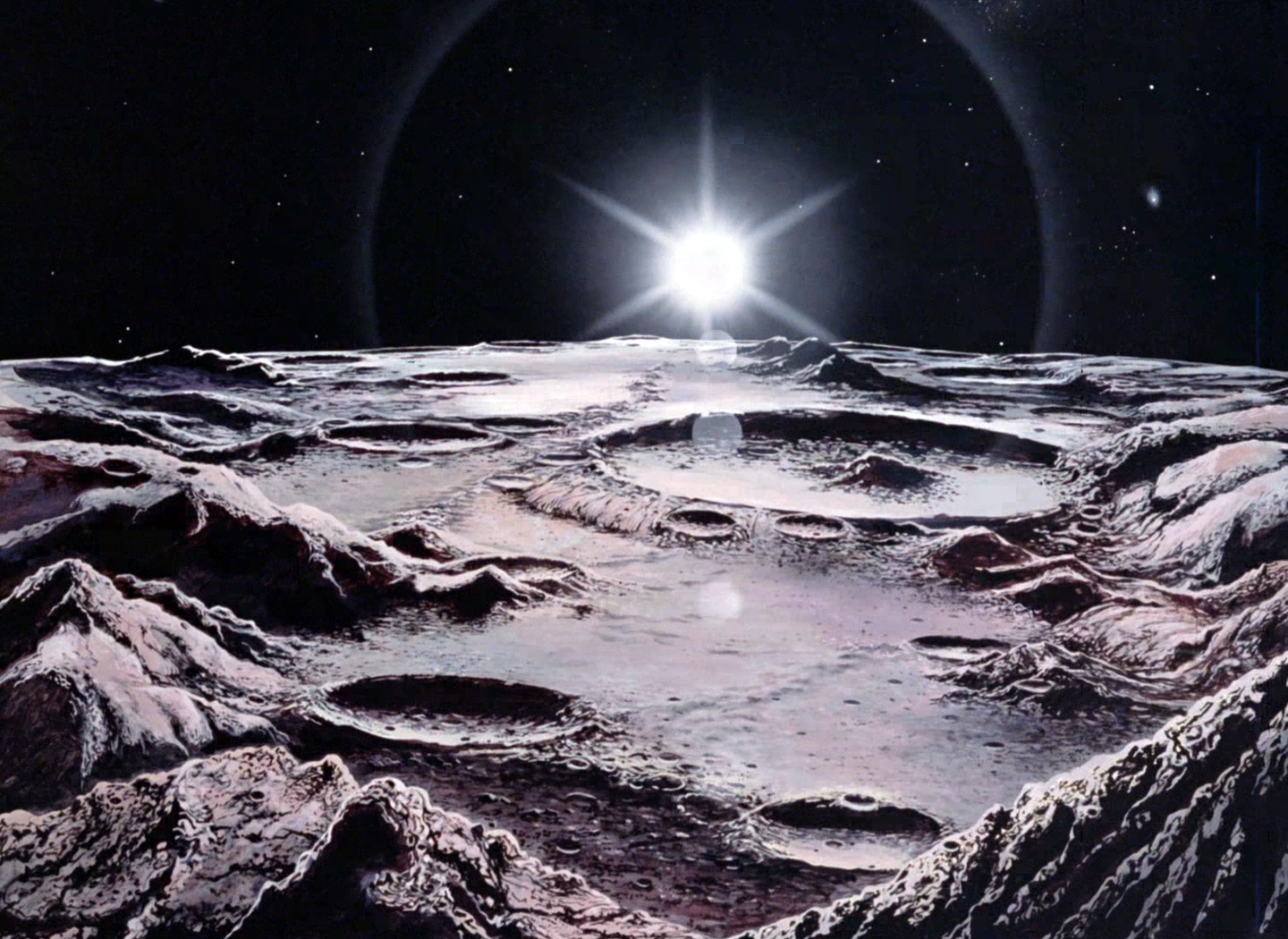
Still from Sidney Goldsmith's "Satellites of the Sun" (1974).
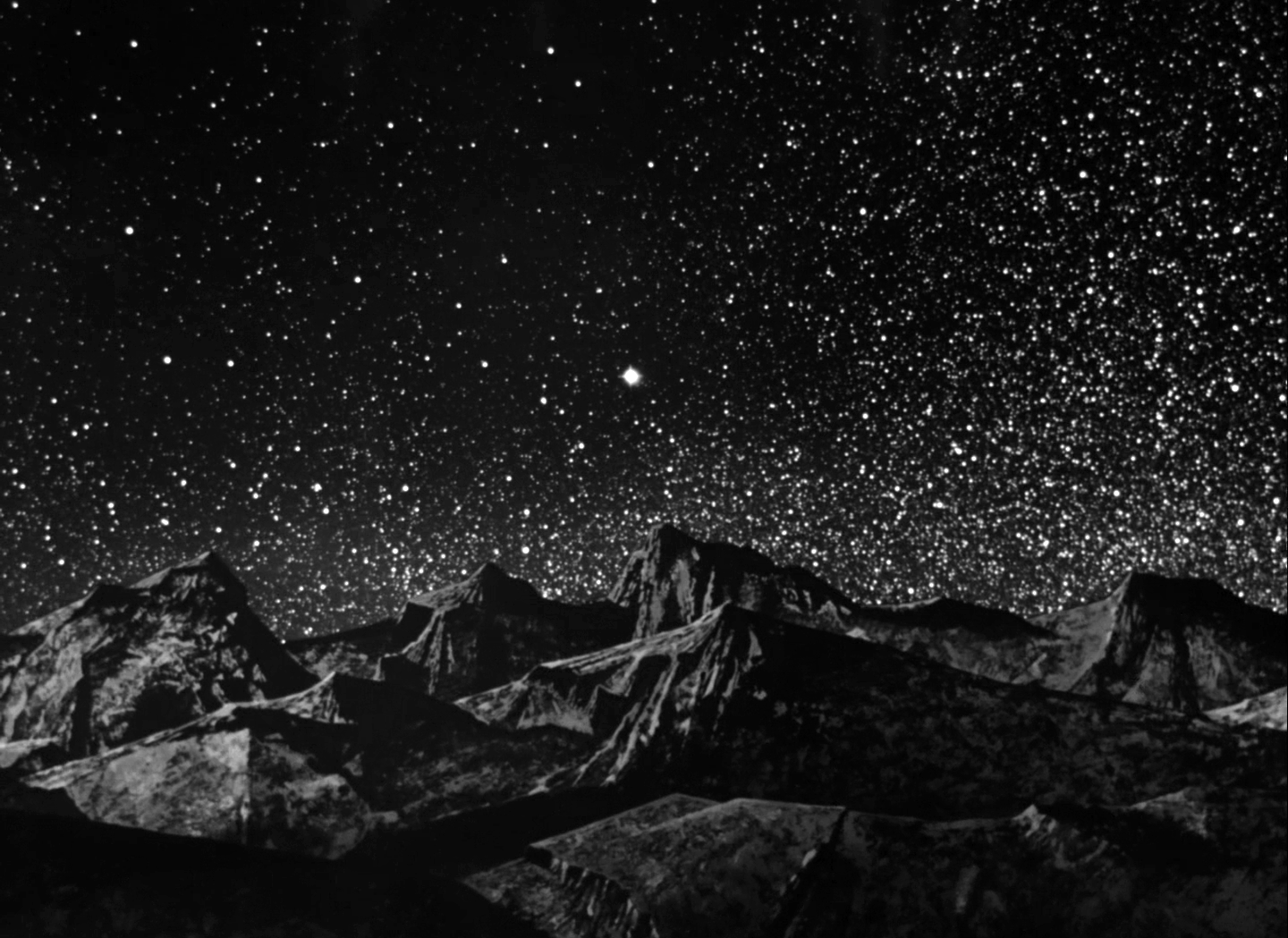
Still from Roman Kroitor & Colin Low's "Universe" (1960).
Columbia Pictures agreed to distribute the film and released it in May 1975 throughout Canada, never imagining what a smash hit it would become. Over the next 2 years it would play in over 80 cities coast to coast, including Jasper, Cranbrook, Victoria, Fredericton, London, Hull, Moose Jaw and Yellowknife. It enjoyed a 10-week run in several theatres in Toronto and a 5-week run in Edmonton, as well as healthy screenings in Montreal (4 weeks) and Vancouver (3 weeks). The French version, Satellites du soleil, played throughout Quebec beginning in January 1976, doing excellent business in Montreal and Quebec City.
The film did very well internationally, screening in theatres in the USA, UK, Switzerland and Portugal, among other countries. It also played at several film festivals, including the Festival of Scientific Technical films in Belgrade, and won an award at the Thessaloniki festival for its “high technical cinematography and educational merits.” Television sales were made to more than a dozen countries, including Japan, Italy, Iceland and Spain.
The success of the film is easily understood in light of the great interest in the space program throughout the decade. By the time the film was finished, 6 Apollo missions had been completed, landing a dozen men on the moon’s surface. Everyone dreamed of conquering space and landing a man on Mars. The film captures this fascination with space and space travel very well. The filmmaker’s obvious awe at the splendour of space is infectious and the use of Bach music lends the right tone to the film.
Its reference to 1685 Toro dates Satellites somewhat but it can still be enjoyed for its sense of awe and wonder at the vastness and beauty of space and our solar system—perfect for the child in each of us. Enjoy!
Satellites of the Sun, Sidney Goldsmith, provided by the National Film Board of Canada


